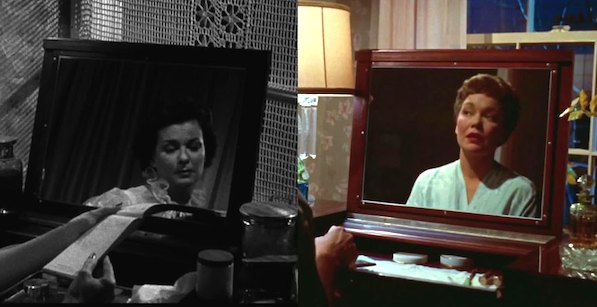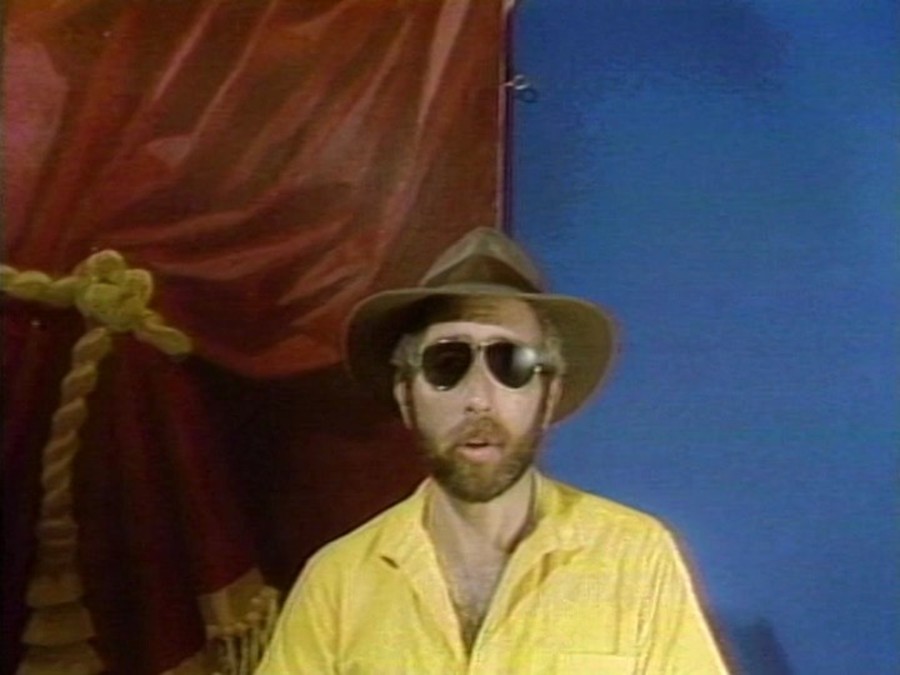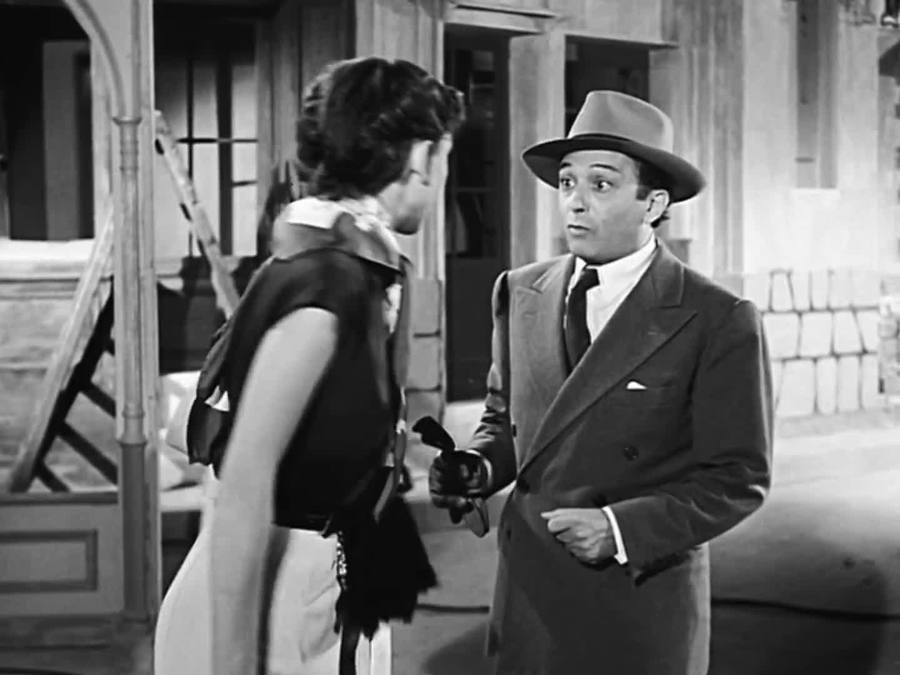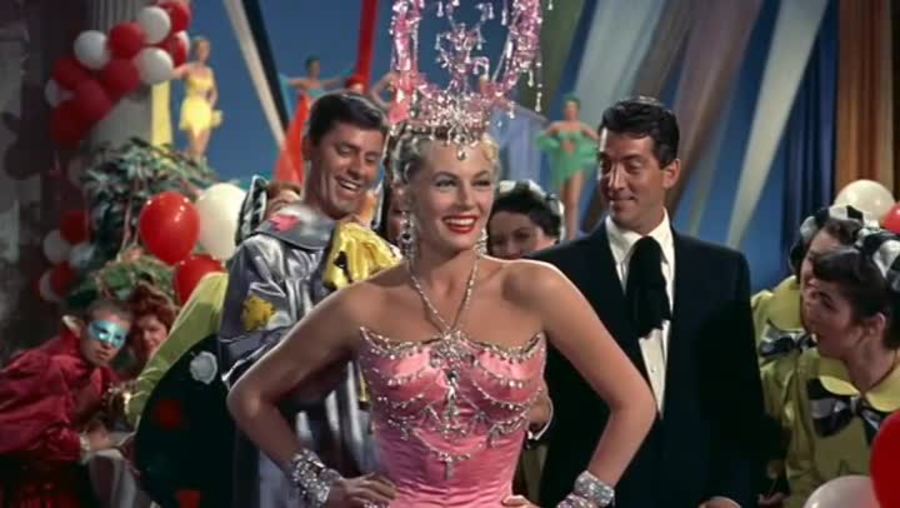When people refer to a filmmaker’s “voice,” they can mean two separate things. There is a director’s voice in the loose, auteurist sense: their distinct tone, mood, viewpoint, or (to change the metaphor for a moment) “signature.” We know it, as spectators, when we are in its presence, on screen. But there is also their literal voice, which a filmmaker can choose to use or not: cinephiles are well familiar with the real, live voices of Orson Welles, Jean-Luc Godard, or Nanni Moretti as showcased in their films, whether as pure, disembodied “voice off” on the soundtrack, or coming right out of their photographed mouths as actors.
All the different kinds of “essay films” blossoming today—whether films about films, or about wider world issues—bring these actual voices of film artists to the forefront of cinema’s ever-evolving texture. From Agnès Varda to Kevin B. Lee, creators prove themselves increasingly unafraid to take up the mic on their own behalf.
Then there are the cagier types. Chris Marker, for instance, took the path of indirection: often crafting his superb commentaries in the third or second person, and handing them over to professional actors (such as Alexandra Stewart) to recite. Harun Farocki set no particular store by self-revelation, and thus frequently let his assembled, sampled, audiovisual materials speak for themselves—usually self-damningly.
In the expanded cinema of Mark Rappaport, crossing film, video, digital media and writing/publishing, voice—of every kind—is crucial. Crucial to the work, and crucial to our enjoyment of it, and engagement with it. From his remarkable run of experimental fiction features in the 1970s and 1980s—Casual Relations (1974), Mozart in Love (1975), Local Color (1977), The Scenic Route (1978), Impostors (1979) and Chain Letters (1985)—loyal fans came to recognize his voice in the abstract, auteurist sense: a dry, ironic tone, a critical finesse in collecting and twisting clichés, a taste for melodramatic passion as processed through a somewhat jaded, skeptical, modern sensibility. And each of these films was, in its own sense, an essay, but under the guise of narrative: an exploration of cultural stereotypes and all the rotten ideological baggage that comes with them, infiltrating our individual minds and hearts.
When, due to illness, Rappaport moved over to video as his primary medium—exploring the kind of work he could tinker with at home, as so many digital artists do today—he helped create a new audiovisual form. His celebrated, large-scale montage-pieces of the 1990s—Rock Hudson’s Home Movies (1992), From the Journals of Jean Seberg (1996), and The Silver Screen: Color Me Lavender (1997)—were something markedly different from the history of “found footage” experimental cinema that had preceded them. And much of this had to do with their literal voice component: not Rappaport’s own voice (most of the time, except in the zany Mark Rappaport: The TV Spinoff of 1978) but, rather, actors playing the part of (with no pretense of “really being”) Hudson or Seberg, speaking the private thoughts and doubts that, in their lives, they were never granted the opportunity to say. Still, something unmistakeable in the witty construction of those sentences told us—as in Marker’s work—that, no matter the literary or cinematic conceit at play, there was always one voice to the fore: Rappaport’s.
Since he relocated to France, writing has been, for quite a while now, Rappaport’s chosen medium—mixed, more often than not, with screenshots and graphically designed collages (several series of which have been exhibited at various places around the world). He has gathered his essays, to date, into four self-produced e-books (available through Amazon): The Moviegoer Who Knew Too Much, (F)au(x)tobiographies, and The Secret Life of Moving Shadows (volumes 1 and 2). Games with voice are, once again, paramount: Rappaport writes as Anna Magnani or Alfred Hitchcock, offering an often cheeky version of a secret, subterranean history of cinema, a project that is a world away from Kenneth Anger’s lurid (if fascinating) Hollywood Babylon books.
In 2002, Rappaport made the short John Garfield using the format of re-edited clips plus commentary—which has become the standard approach of many contemporary “audiovisual essays” reflecting on cinema. It seemed, at the time, like the melancholic conclusion of his screen work in this area. But now he has returned to the field with an invigorating burst of energy, producing in rapid succession Becoming Anita Ekberg, The Vanity Tables of Douglas Sirk, I, Dalio, and Our Stars, all in the first months of 2015 (with more, I am assured, on the way).
Except for the fictionalized Marcel Dalio (performed by Tito de Pinho), who takes over one of the soundtracks to investigate the tricky situation of being a Jew in France and a Frenchman in the USA, the speaking voice in these new pieces has a refreshingly intimate tone—because it is Rappaport’s own. More than ever, we hear the richness and complexity of Rappaport as a critic: sometimes appreciative (especially of the artistry of Sirk,) sometimes sarcastic, sometimes dismissive, sometimes risking a universal generalization or two about the human condition. But there’s always a point to it: Rappaport is digging, as he has done since Mur 19 in 1966, into the illusions and the truths of the movies, into the “shadow” stories repressed or untold, into the myths, fantasies and values that shape every kind of cultural representation.
Rappaport’s latest audiovisual essays skillfully deploy a range of techniques: vignetted inserts, sudden slow-motion seizures, comparative montage and especially the kind of pointed superimposition that makes his point best—when, for instance in Our Stars, the lusty passion shared by Burt Lancaster and Deborah Kerr in From Here to Eternity (1953) is laid atop the inertia and sadness of the same duo, in their inescapably older and wearier bodies, in John Frankenheimer’s The Gypsy Moths (1969). Or when—on a lighter, more optimistic note—Anita Ekberg is shown as a screen icon at two poles of Fellini’s career, in La Dolce Vita (1960) and in Intervista (1987).
Rappaport’s “essayism” becomes almost chatty, as he seemingly free-associates his way to an overall structure—pausing for a “parenthesis,” taking a quick sidelong tour into Mad magazine’s cartoons, or making a footnote-like observation on some passing, possibly hitherto unnoticed actor in a scene he has just played. If there is, at moments, an entertaining excess of what might seem to be bitchy, behind-the-scenes gossip, then let us recall the wise words of queer art theorist Paul Foss, who once began a lecture with the words: “Today I am going to gossip. Because I’ll tell you the main thing about gossip: it’s true.”







